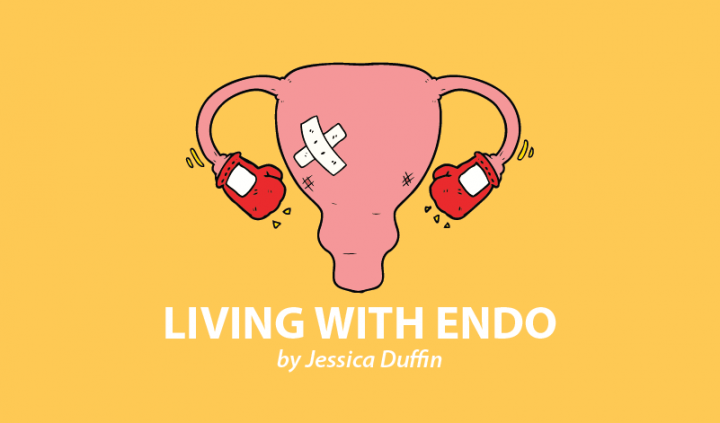“I KNOW what to do, I just keep finding excuses!”
This is a real-life comment from my private Facebook community. Why does this happen? Why do we know what changes to make, but find ourselves unable to make them?
In this column, I’ll summarize a series of steps I often walk my clients through — and that we often revisit — that help to boost motivation and to work out what changes they’re really willing to make. This list of strategies is not exhaustive, but it should help you work out what’s stopping you from making change.
Start with your why
Always, always go back to your why and remind yourself of it on a daily basis. Ask yourself the following questions:
- Why do I want to feel better?
- What will feeling better mean for my life?
- When I feel better, what will I be able to do that I struggle to do now?
- What is my biggest reason for wanting to feel better?
These questions help you to see the bigger picture and a vision for the future.
Maybe right now you just barely manage to get through work and then spend your weekends recuperating. In that case, your why might be based around wanting to spend more time with your loved ones.
However, for some people, running toward a vision is not enough; the desire to get away from pain is what drives them in the beginning. If this feels like you, perhaps it’s time to examine your current life and the ways in which endometriosis really affects you. You could ask yourself some questions and either answer in detail or give short answers such as never, sometimes, or always:
- Does endometriosis make me miss time work time?
- Does endometriosis stop me from seeing loved ones as much as I’d like to?
- Do I spend a lot of time worrying about or thinking about my condition?
- Does endometriosis affect my relationships?
- Are there daily tasks I can’t perform due to endometriosis?
The future
It’s time to ask a question that can sometimes be painful or difficult to ponder. At this step, give yourself grace and know that change is possible — the answer you give doesn’t have to be the final reality. So, here’s the question:
- In five years’ time, what will happen to my health and life if I don’t make any changes?
It’s a big one, I know. But really consider it, and write out the scenario for the future.
What am I willing to change?
Now ask yourself three questions:
- What will it take to reach my vision of health for the future?
- What am I willing to change right now?
- What values might get in the way of change?
First, take some time to consider what you must do to reach a better stage of health. You might not know all the answers yet, but write down what you know. You don’t need to know every step, just some.
Then, explore. Out of all those steps, which are you willing to start on now? For example, maybe you’re not willing to give up late-night Netflix binges right now, but you’re willing to start cutting down on your caffeine intake. You don’t have to do this all at once — in fact, I urge you not to!
Finally, and this is often the most important, consider your values and how they might affect the changes you make.
Are you likely to give up drinking right now when you really value carefree weekends in the pub with your friends? Are you willing to give up that morning coffee when it’s something that your partner and you do together as ritual?
Identify your values and be honest with yourself. Which values will trump the change? And for which values can you be flexible?
The final steps
Now you’ve identified your motivation and what you’re willing to actually change. You have a roadmap with which to begin your journey.
Try making one to three goals out of the changes you’re willing to make and set yourself a realistic timeframe. Then take action.
Here’s my last tip: Don’t just write out your goals and leave them in your notebook, only to look at them again in three months’ time. Look at your goals and your why every single day. Better yet, write them out daily. Remind yourself why you’re doing this and what you’re working toward, and you’ll be more motivated to make your desired changes.
***
Note: Endometriosis News is strictly a news and information website about the disease. It does not provide medical advice, diagnosis, or treatment. This content is not intended to be a substitute for professional medical advice, diagnosis, or treatment. Always seek the advice of your physician or other qualified health provider with any questions you may have regarding a medical condition. Never disregard professional medical advice or delay in seeking it because of something you have read on this website. The opinions expressed in this column are not those of Endometriosis News or its parent company, BioNews Services, and are intended to spark discussion about issues pertaining to endometriosis.

